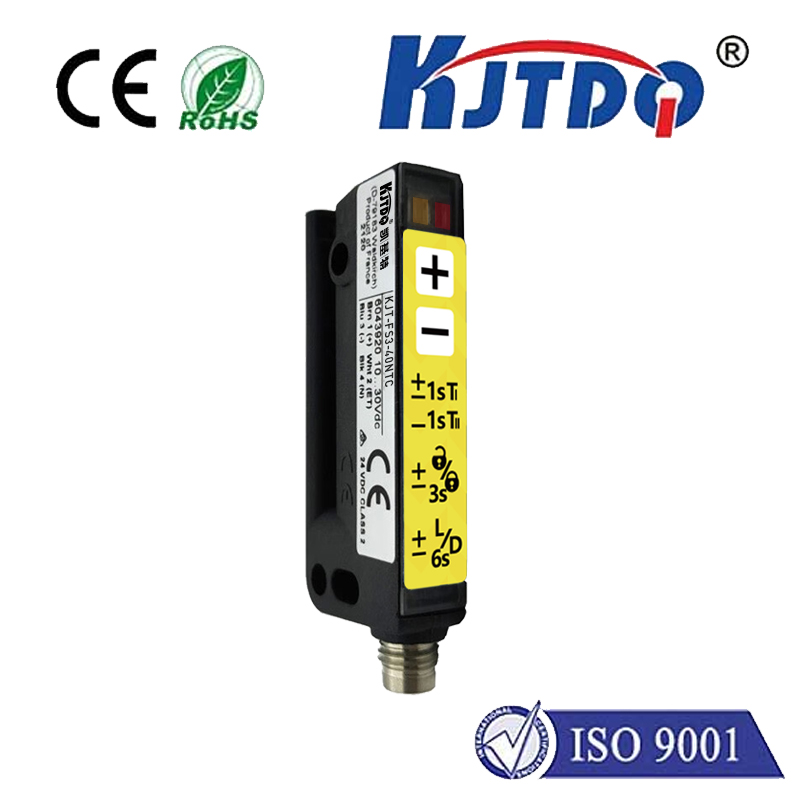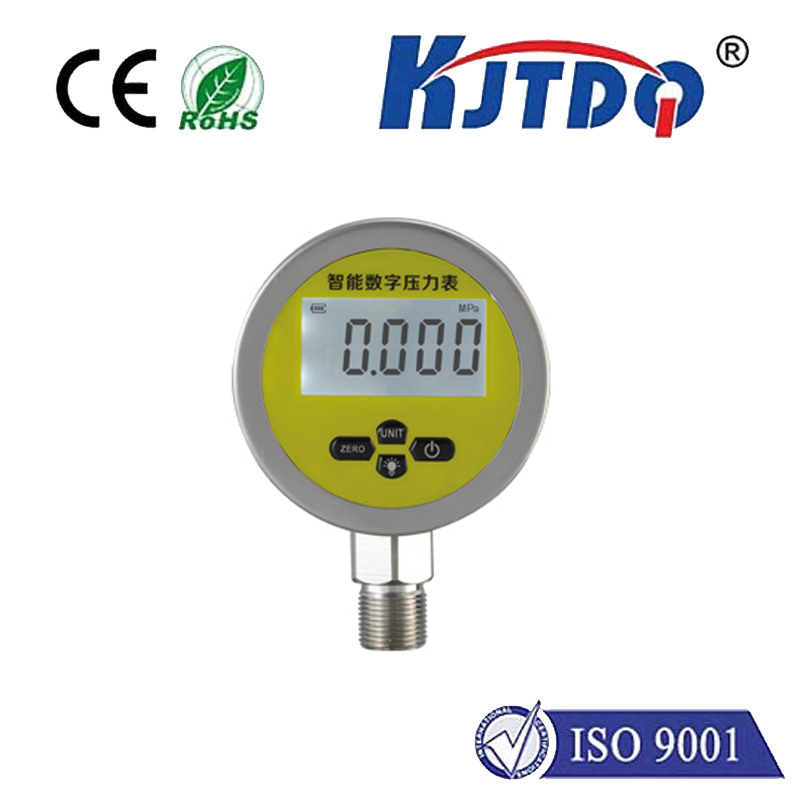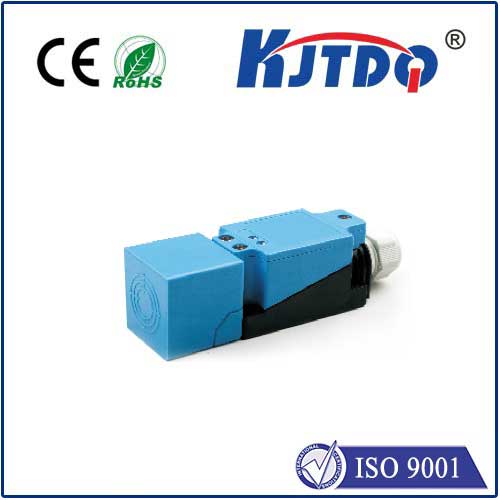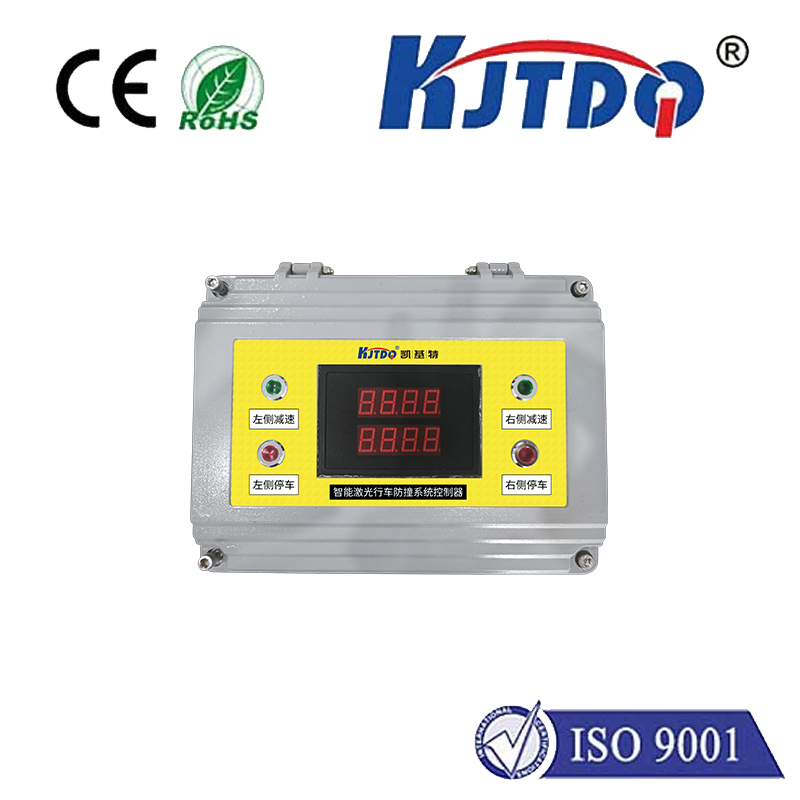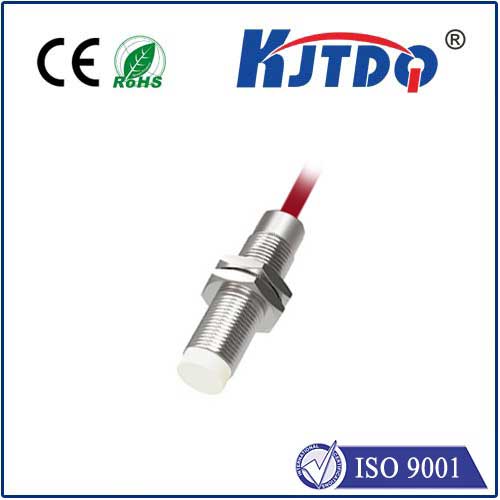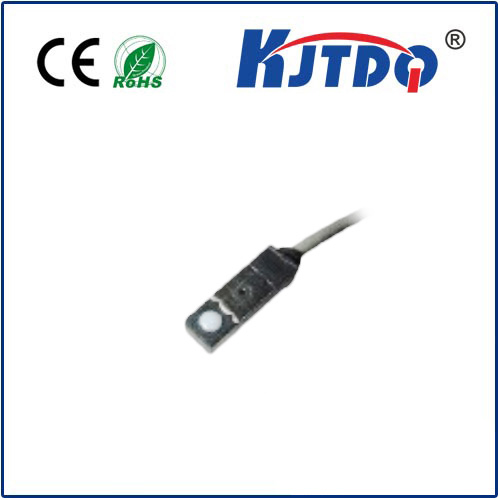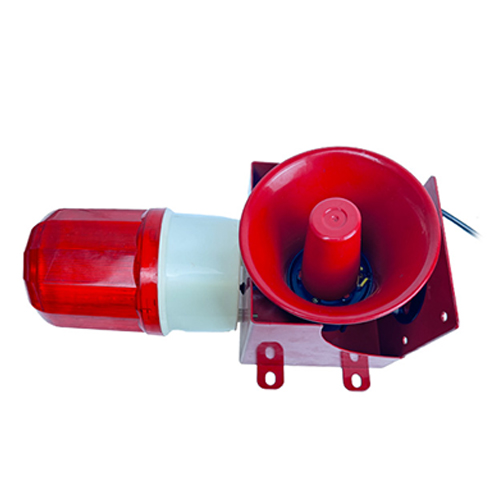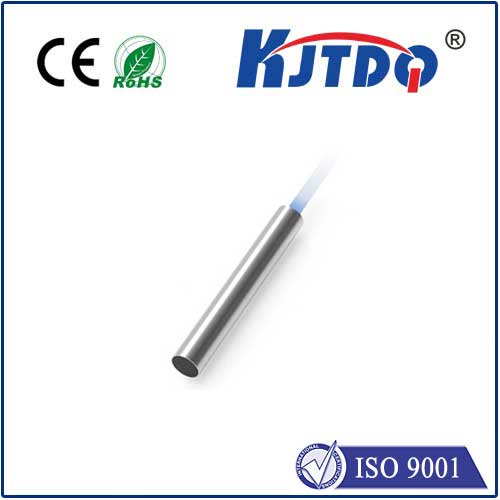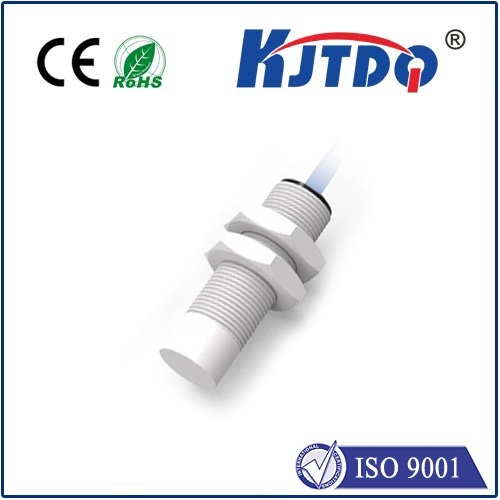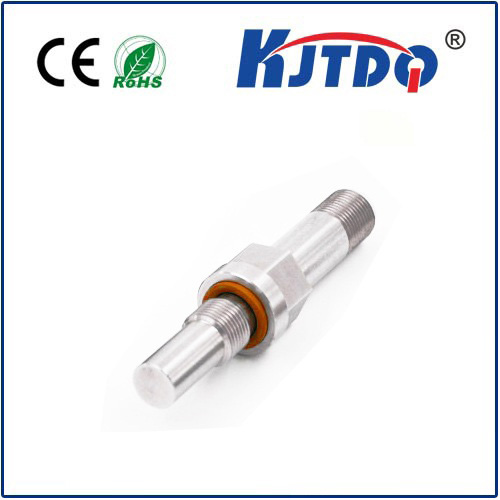Unlocking the Potential of SPAD Array LiDAR Technology Imagine a world where autonomous vehicles navigate seamlessly through bustling city streets, drones map terrains with pinpoint accuracy, and augmented reality devices blend the digital and physical worlds effortlessly. At the heart of these advancements lies a groundbreaking technology: SPAD Array LiDAR. This innovative fusion of Single-Photon Avalanche Diode (SPAD) arrays and Light Detection and Ranging (LiDAR) systems is redefining the boundaries of sensing and imaging.
SPAD Array LiDAR combines the sensitivity of SPAD sensors with the precision of LiDAR technology. SPADs are highly sensitive photodetectors capable of detecting single photons, making them ideal for low-light conditions. When integrated into an array, they form a powerful imaging system that can capture detailed 3D maps of environments with unprecedented accuracy. LiDAR, on the other hand, uses laser pulses to measure distances, creating high-resolution spatial models. Together, SPAD Array LiDAR offers a robust solution for applications requiring both high sensitivity and precise distance measurement.
The core principle of SPAD Array LiDAR involves emitting laser pulses and detecting the reflected photons using SPAD sensors. Here’s a simplified breakdown of the process:
Laser Emission: A laser source emits short pulses of light toward the target.
Photon Detection: The SPAD array detects the photons that bounce back from the target.
Time-of-Flight Calculation: The system measures the time it takes for the photons to travel to the target and back, calculating the distance with exceptional precision.
3D Mapping: By repeating this process across multiple points, the system constructs a detailed 3D map of the environment. The use of SPAD arrays enhances the system’s ability to detect weak signals, even in challenging conditions such as low light or long distances. This makes SPAD Array LiDAR particularly valuable for applications like autonomous driving, where reliability and accuracy are paramount.

The versatility of SPAD Array LiDAR has led to its adoption across a wide range of industries. Here are some of the most impactful applications:
Autonomous vehicles rely heavily on LiDAR systems to perceive their surroundings. SPAD Array LiDAR takes this capability to the next level by offering higher sensitivity and resolution. This enables vehicles to detect obstacles, pedestrians, and other vehicles with greater accuracy, even in adverse weather conditions.
Drones equipped with SPAD Array LiDAR can perform tasks such as terrain mapping, infrastructure inspection, and agricultural monitoring with unparalleled precision. Similarly, robotic systems benefit from enhanced spatial awareness, allowing them to navigate complex environments more effectively.
In AR and VR applications, SPAD Array LiDAR can create highly detailed 3D models of physical spaces. This enables more immersive experiences by seamlessly blending digital content with the real world.
Manufacturing and logistics industries are leveraging SPAD Array LiDAR for tasks like object detection, inventory management, and quality control. The technology’s ability to operate in low-light environments makes it particularly useful in automated warehouses.
SPAD Array LiDAR is also being used to monitor natural ecosystems, track deforestation, and assess the impact of climate change. Its high sensitivity allows researchers to gather data from remote and challenging environments.
The integration of SPAD arrays into LiDAR systems offers several key advantages:
Высокая чувствительность: SPAD sensors can detect single photons, making the system highly sensitive even in low-light conditions.
Long Range: The technology can measure distances over several kilometers with high accuracy.
Компактный дизайн: Advances in semiconductor technology have enabled the development of compact SPAD arrays, making the systems more portable and versatile.
Energy Efficiency: SPAD Array LiDAR systems consume less power compared to traditional LiDAR systems, making them ideal for battery-powered devices.
Despite its many advantages, SPAD Array LiDAR is not without challenges. One of the primary issues is cost, as the production of SPAD arrays involves complex manufacturing processes. Additionally, data processing requirements can be intensive, necessitating advanced algorithms and computing power. However, ongoing research and development are addressing these challenges. Innovations in semiconductor fabrication are expected to reduce costs, while advancements in machine learning and edge computing are improving data processing efficiency. The future of SPAD Array LiDAR looks promising, with potential applications expanding into fields like healthcare, security, and even space exploration. As the technology continues to evolve, it will undoubtedly play a pivotal role in shaping the future of sensing and imaging.
In a world increasingly driven by data and automation, the ability to perceive and understand the environment with precision is crucial. SPAD Array LiDAR represents a significant leap forward in this regard, offering a combination of sensitivity, accuracy, and versatility that is unmatched by traditional sensing technologies. Whether it’s enabling safer autonomous vehicles, enhancing AR experiences, or monitoring our planet’s health, SPAD Array LiDAR is at the forefront of technological innovation. As we continue to explore its potential, one thing is clear: this technology is not just a tool for the future—it’s a catalyst for transformation.
